

February 2, 2021
Great cultures ,Hacks ,Tools
Now, at first this power tool may seem disappointing. Like if I told you I have the secret to weight loss and said, “Workouts.” But… there are workouts you dread and then there’s the Peloton experience with great music, instruction and a crowd. Same, but different.
So the power tool is the org chart. Yes, that incredibly boring outline that always seems to be out of date (that’s half the problem).
Typical org charts look like this:

Notice how dull and uninspiring it is. Why even look at it?
The reason we don’t is because it’s not actually useful. But the potential is huge. Why? Because the bigger the company gets, the more people get confused about who does what. Who has the authority? Who is the gatekeeper? Who has domain expertise?
Imagine you have a new idea, and you don’t even know whom to talk to about it.
Take a look at this map I did for my team at Zappos (and beyond the words, notice the feeling you have about it as you look at it). When my team saw it, it felt like a breath of fresh air.

The opportunity is to make it come alive in the following ways:
1. Use photos rather than names.
Using just a name and a title reduces people to letters. Humanize it.
2. Show actual roles and responsibilities
Titles are not only boring, they’re often not fully descriptive or they assume a lot of knowledge of the person reading it. Your people aren’t there to figure out the code of titles. They’re there to do the work. And this lack of information adds unnecessary friction.
3. Keep it up to date
I just consulted for one the world’s largest social media companies. I said a caveat to my recommendation when I said, “This may sound really ridiculous…” And I told them that for a company their size, having a full time org chart updater actually makes sense. This role goes beyond word and graphic updates. It takes a curious mind, a great communicator and an ability to connect people in various roles (like playing the game Memory).
For more on this see the chapter on “The Corporate Navigator” in my book, The Culture Blueprint: The Guide to the High Performance Workplace.
September 14, 2020
Great cultures ,Hacks ,Vision
Alignment is the name of the game, but as you may know from my book, The Culture Blueprint, you can’t force anyone or it will not work. Alignment is about a) making the vision clear and b) removing the obstacles to create a true option.
Here is how you do it:
I thought of this on the spot when I met with a leadership team that was arguing. I was amazed that the acronym spells my name.
Do you have a request of someone else on the team, or the entire team? The more specific the better. This can be for resources, permissions, or anything else.
Someone may feel they are undervalued and want to participate more. In this case they can offer time, people or resources to anyone else.
Do you have a boundary that is being crossed? This can be a limit in spending, or use of your team, or a policy or a principle.
3. Go Around the Table
Ask if each person is all-in. If they are, go to the next. If not, ask them to consider one of the following:
Once they do this, and the element is agreed upon by the respective person they address, you then ask again: Are you all-in?
This may take several rounds because new things can come up, or someone may have a new offer once they hear another’s request.
May 13, 2020
Culture of Chaos ,Great cultures
Twitter just announced they may never go back to the office:
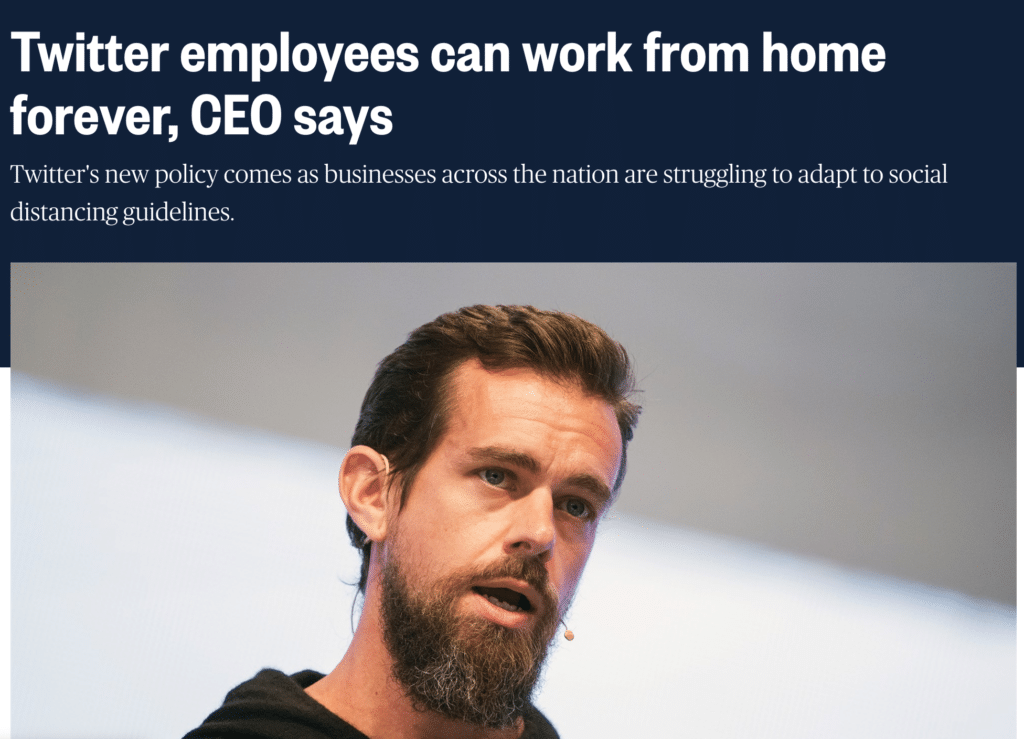
Wow. “Forever.”
Okay, let’s just forget for second what this means for the commercial real estate market.
What does this mean for culture?
I just gave a talk for Intel on how we can lead virtually and here are a few points to consider:
You can’t get away with long, boring meetings anymore. You will lose everyone. You have to learn to get to the point quicker, get everyone on the same page, and keep people engaged.
You really think your people were productive for 8 hours a day? Try three. The good news, is we can do more in less time than we thought. But it’s going to take massive focus skills, which are dwindling away as everyone spends more and more time online with infinite distractions. You no longer have the luxury of 10 different priorities. Focus your people.
I used to spend a week at a company to determine the health of its culture. Now I just ask one question – “Do you start and end meetings on time?” Cultures that value everyone’s time equally value integrity and the culture as a whole over any one individual. Cultures where leaders are late signal that some people can break rules while others can’t. And leaders convey that they’re actually out of control when they can’t even control their own calendars. Be the example, be EARLY to everything, and notice how your respect levels go up and your stress levels go down.
December 11, 2019
Culture of Chaos ,Great cultures
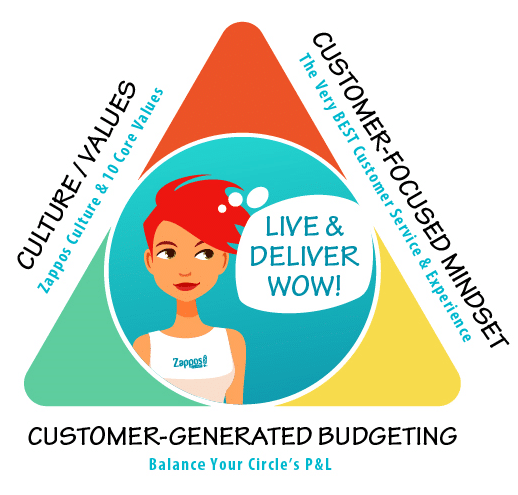
Zappos sometimes feels more like a college than a company, given the friendships, the activities, and the learning. Even though I’m no longer there, I consider Zappos my alma mater of the corporate world. And part of the fun was always being part of something so relevant.
While Zappos hasn’t been the the media lately, I believe they’re about to rock the corporate culture world, again.
The Market-Based Dynamics system isn’t very public, but it’s out there.
Here’s a brief explanation:
In other words, there’s a whole Monopoly game going on inside.
Each department has a budget, and they spend it on services within the company. It’s a dynamic system where each department is serving each other in a highly accountable way, that also helps people think about how to be more efficient. So efficient that departments may go to outside service companies if there’s a better deal. There’s an entire software platform to run it.
Any department can sell its services outside the company as well. For example, the AV team (audio/video) has been contracted by Nike to shoot a commercial for them.
What’s game changing about this is that departments are incentivized to “Do More with Less” (core value #8), because if they get above their operating costs, then they can choose how to use the profits. For example, the AV team can use the profit to get new equipment, or to hire a new editor.
It’s a game. And it can be won.
Zappos has always been great about creating games, rather than “motivating” people. For example, no one gives speeches on being accountable. Why? Because in training, to win the game (get into the company), you have to show up every day at 7am for four weeks or you’re cut. People who win that game are defacto trained in being accountable.
All that said, the company has definitely not figured everything out when it comes to market based dynamics and turning cost centers to profit centers. There are a lot of open questions.
What if market based dynamics creates tense competition?
What if the internal money system does not accurately reflect the value being provided?
What if something goes wrong with those outside services that end up hurting the brand?
Disruption is risky, and courageous.
But if anyone has a history of coming out alive and creating shockwaves in the business world, it’s Zappos.
October 31, 2019
Great cultures ,Productivity ,Tools
Everyone knows the path to success is not a straight line, but it’s NOT total chaos like some think either:
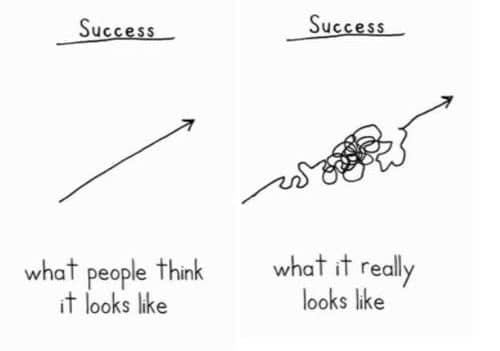
Image credit: This Is A Book, by Demetri Martin
I think the best path is described in the book Principles, by Ray Dahlio.

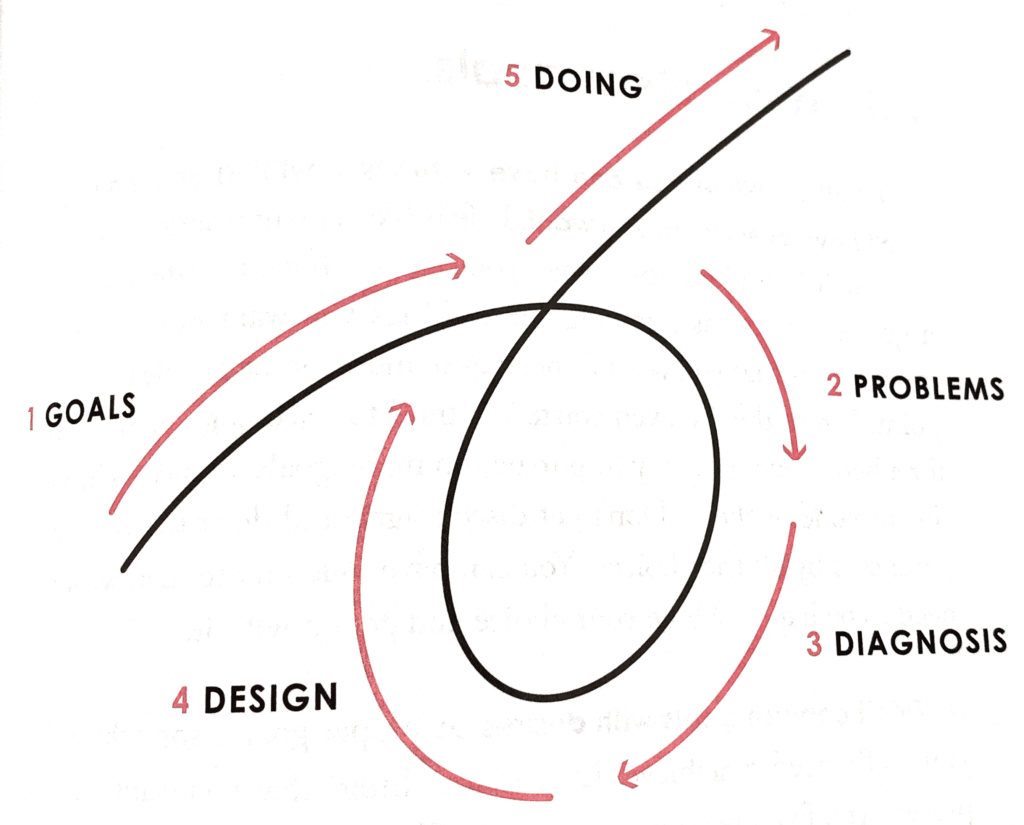
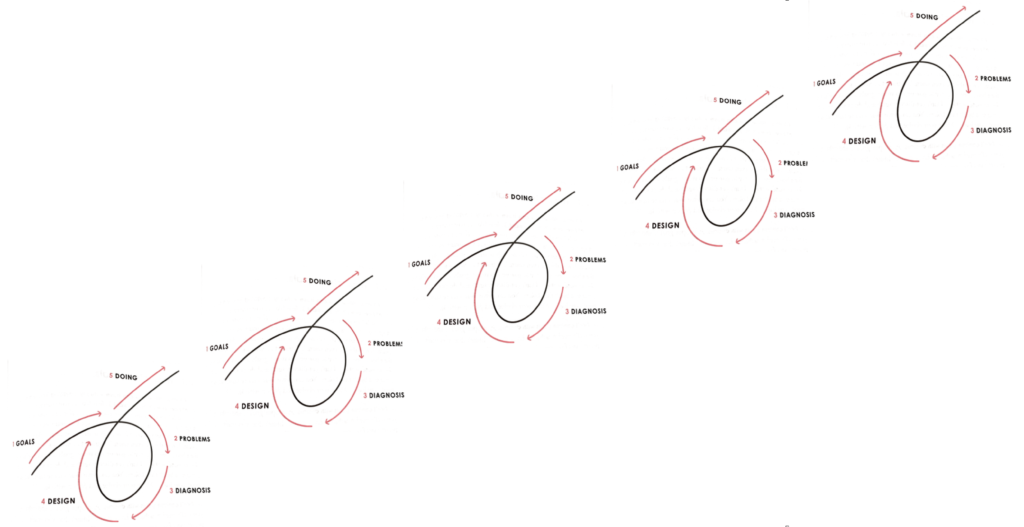

October 14, 2019
Great cultures ,Hacks ,Personal Exploration ,Tools
“How lucky are you on a scale from 0-10?”
Zappos recruiting would ask this question in interviews because people who feel lucky are generally grateful, joyful and optimistic. People who don’t feel lucky tend to believe that they haven’t been given many breaks and they can’t rely on anyone. In other words, they’re not the best team players.
I’ve thought a lot about luck over the years, because I’ve been very lucky. One of my business partners once called his “good luck charm.” He said he believed things went well when I’m around and that there’s this sense that anything is possible.
And it often triggers people when I say I’m lucky. They think luck means leaving everything to chance. They think it means taking no responsibility for what happens. And in some ways I think they’re right. I mean, how much control do we really have? And how many good things have happened that we just can’t explain? (PS – People who don’t like the word luck usually prefer the word “fortunate”).
So let me tell you what I think it is, and how I think you can get more of it.
Most people call luck the intersection of preparation and opportunity.
If you ask very successful people what’s the one thing they would need besides money if they lost everything and had to start again – it’s their Contacts Book (also called a rolodex). The contacts I’ve met have been key to all of my success, and those moments we meet are the game changers.
I happened to be at Georgetown Leadership School at the same time as Dave Logan. And that got us into Zappos where I happened to meet Tony Hsieh with an author we both loved, which started our conversations that lead to me coming to Zappos. Before that moment I couldn’t get a job in organizational development for the life of me.
Tony would call it the power of serendipity. So he made sure all the fire exits were closed to regular traffic so that everyone went through one entrance and could meet people they would otherwise never see. Now he’s doing that with his downtown abode, where they’ve recreated a version of Burning Man.
I’ve met amazing people there, and I continue to meet amazing people wherever I go.
So here’s a few tips on how to engineer your own luck…
1. Show up early
To everything. By showing up early you create the space to meet people that you otherwise would never meet. If you’re only on time or showing up late, you close down that window of opportunity.
2. Follow the energy
When I lost everything in a venture, I didn’t want to do any kind of work… except being a Spinning instructor. And (at the time) there was no money in that. But it was the only thing I felt gave me energy. By doing it, I increased my energy, and then brought that energy into my interactions that helped me get my next big break. It made no sense, but I followed the energy. What
3. Assume you’re in it.
Rather than trying to find these moments (being in the right place at the right time with the right people), go into situations assuming you’re already there, and get curious about what you could learn, or contribute with them.
Have fun and tell me how it goes!